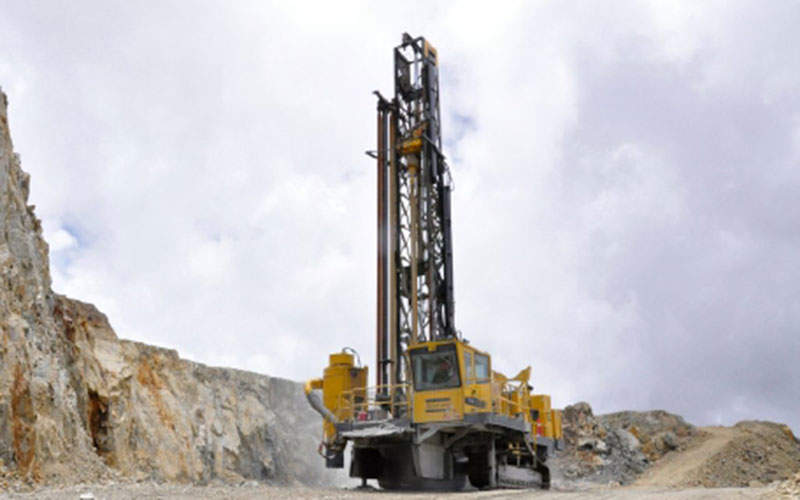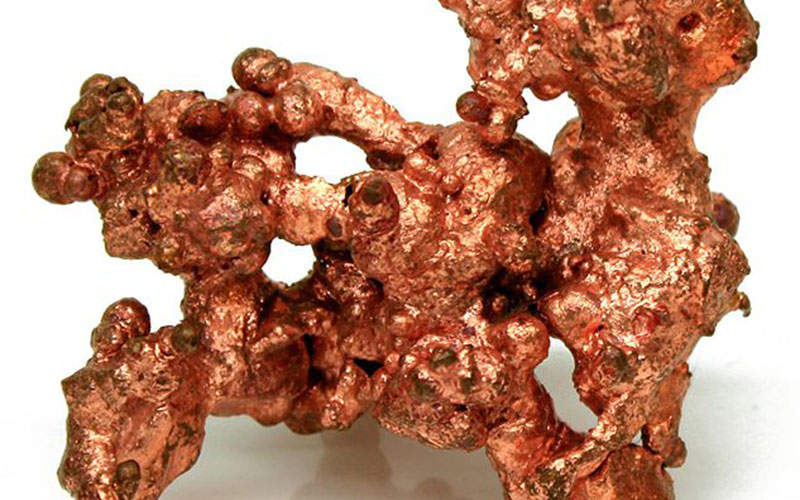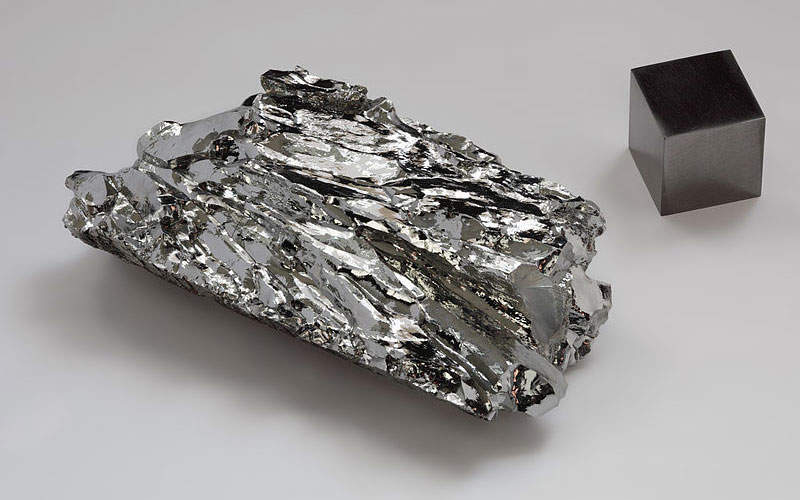The Jiama Copper Gold poly-metallic mine is located in Metrokongka County, approximately 68km east-north-east of Lhasa, Tibet Autonomous Region, China. The Phase II expansion project is currently being implemented in two stages (series) with an estimated investment of $716m.
The expansion project aims to increase the throughput capacity to 50,000t a day (tpd) by processing 16.5 million tonne per annum (mtpa) of run-of-mine (ROM) ore. The pre-feasibility study for the project was completed in November 2012, followed by the feasibility study in November 2014.
Series I of the phase II expansion was completed in December 2016, while full production is expected to be achieved in the second half of 2017. It has added a processing capacity of 22,000tpd increasing the total nameplate capacity of the mine to 28,000tpd. Series II, when completed, will add another 22,000tpd capacity to the mine.
China Gold International Resources owns the mine through its wholly owned subsidiary Tibet Huatailong Mining Development (Tibet Huatailong). The expected life of the mine is 35 years, with the average annual metal production capacity post-expansion estimated to reach 67,000t of copper (Cu), 2,400t of molybdenum (Mo), 2.8 million ounce (Moz) of silver (Ag), 42,000oz of gold (Au), 10,400t of lead (Pb) and 4,000t of zinc (Zn).
Jiama Phase I project details
The Jiama Phase I project, which started production in September 2010, involved the development of the Tongqianshan and Niumatang open-pits, which produced a combined 1.8mtpa of ROM ore. The project integrated two processing plants with a combined throughput capacity of 6,000tpd, and an underground ore transportation system.
Geology and mineralisation
The poly-metallic mine is located in the central-south part of the Gangdese-Nianqing Tanggula Terrain, which normally hosts passive epi-continental clastics and carbonates rocks, featuring marbles and limestones of the Duodigou formation (upper Jurassic) and sandstones, slates and hornfels of the Linbuzong formation (lower Cretaceous).
The project hosts three types of copper-poly-metallic mineralisation, namely Skarn, Hornfels and Porphyry. The main type of mineralisation is concentrated in shear / structure zone contacts between the Duodigou and Linbuzong formations, and shear-related folding. The Skarn occurs as a planar body, while the Hornfels occur as a massive unit near surface overlying the Porphyry.
Certain lower-grade mineralisation is also partly encountered within granite porphyry dykes intruding the Duodigou marble, and within the overlying hornfels of the Linbuzong formation.
Reserves at the Chinese poly-metallic mine
As of November 2013, the total proven and probable reserves at the poly-metallic mine were estimated to be 2.7 million tonnes (Mt) of Cu, 143kt of Mo, 563kt of Pb, 327kt of Zn, 2.7moz of Au, and 163.2Moz of Ag, graded at 0.61%, 0.03%, 0.13%, 0.07%, 0.19g/t and 11.51g/t respectively.
Mining and processing at Phase II expansion
The Phase II expansion project involves the development of two open-pits, namely Jiaoyan and South, and expansion of the underground mining operation.
The two open-pits are being mined using conventional truck shovel mining, whereas the primary mining method envisaged for the underground mine is sub-level stoping with fill, and additional methods such as long hole stoping (LHS) with paste fill, room and pillar, and cut and fill.
Designed as a conventional plant, the new processing plant differs from the existing two plants by incorporating a primary gyratory crusher to prepare feed for parallel SAG mill and ball mill circuits. It further incorporates hydro cyclones, Co-Mo separation plant, floatation circuits, concentrate dewater plant, tailings concentration plant, a regrind mill, column flotation cells, a ceramic disc, a pressure filter, a rotary dryer, and auto control systems.
Financing for the Phase II expansion
The new processing plant was estimated to cost $350m, whereas the development of the mining facilities were estimated to require $366m. In November 2015, the project received an RMB3.98bn (approximately $627m) loan from a syndicate of banks, including the Agricultural Bank of China, China Construction Bank, and the Bank of Tibet, who were led by the Bank of China as the mandated lead arranger.
Electricity and water for the Jiama Copper Gold Phase II expansion
Electricity for the project is supplied via the 2,530km-long and 400kV transmission line of the recently completed Qinghai-Tibet Power Grid Interconnection Project (QTPGI).
Water is sourced from the Chikang River, and the water from the tailings facilities is recycled for further use. A high-level intake water pool is also being constructed as part of the Phase II expansion.
Key players involved
The pre-feasibility study was conducted by consultants led by Minarco-MineConsult (MMC), whereas the feasibility study was performed by Changchun Gold Design Institute (CGDI) and reviewed by Mining One.






